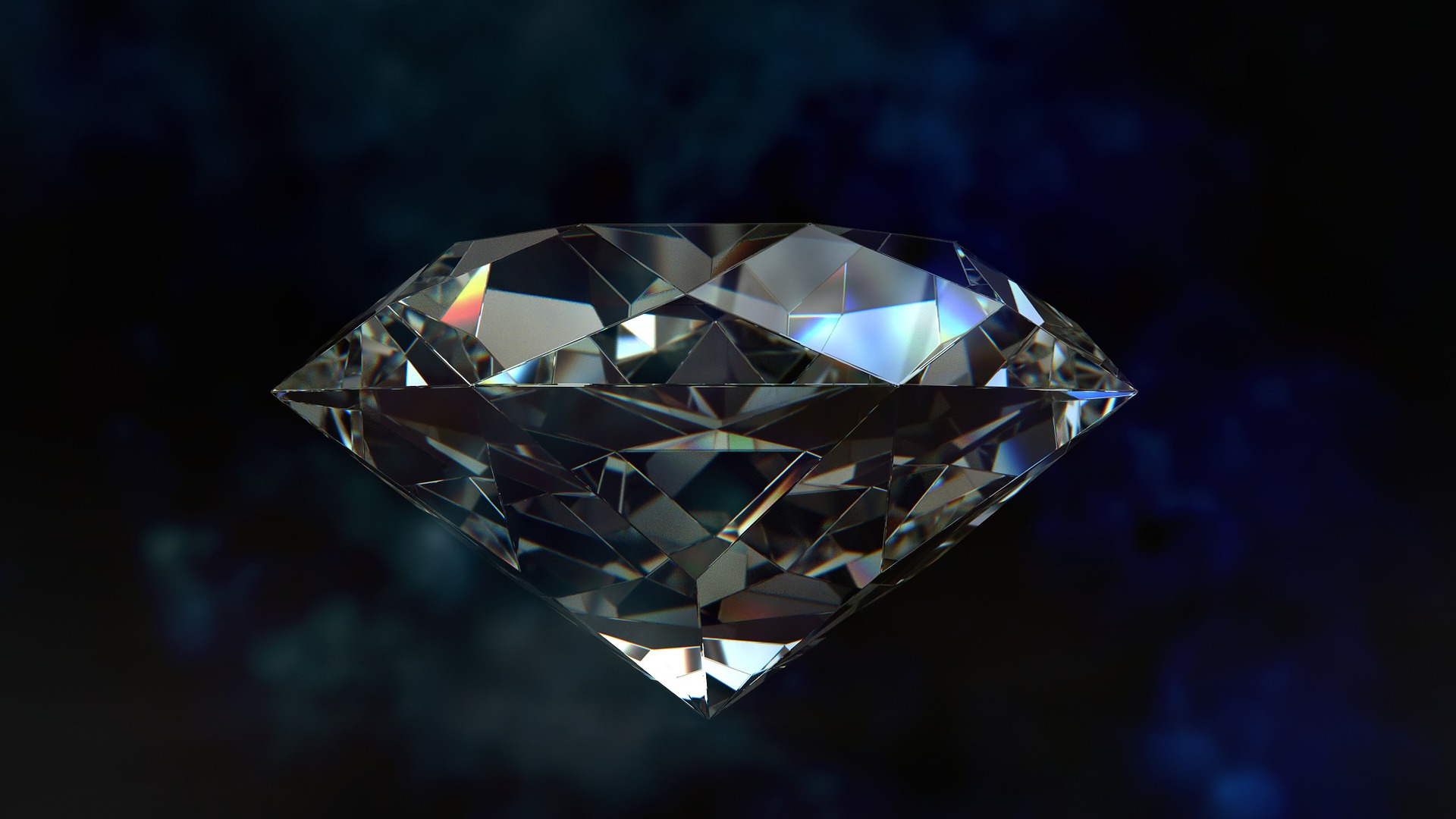 Maths, Physics & Chemistry
Maths, Physics & Chemistry
A quantum step forward in high pressure science
Whereas tools break under high enough pressure, an atom cannot. Scientist have figured out how to use an atom-sized magnet to perform sensitive measurements under the most extreme pressures. This work permits the study of exotic science related to planetary formation and more efficient materials for new technology.

Under normal conditions, some materials are naturally better at conducting electricity than others. By applying high enough pressure, some materials that normally block the flow of electricity, like sulfur, can become conductors better than copper or gold. A wire of such "superconductor" could theoretically deliver electricity to your house from a powerplant on the other end of the universe with perfect efficiency. Alluring phenomena of this kind are part of the largely unchartered landscape of pressure-driven physics. This branch of physics can help answer open questions in other disciplines. For example, the mechanics of clay at high pressures can shed light on how earthquakes are caused. Likewise, studying magnetic rocks at high pressure can help discover planets with protective magnetic fields that could harbor life.
For more than half a century, the diamond anvil cell has been the preferred apparatus for routine investigations in high pressure physics. First built out of confiscated contraband diamonds, the cell comprises two gem-cut diamond anvils, whose points (culets), when squeezed together, can generate center-of-the-earth pressure. Between the opposing culets is a fluid-filled sample chamber, designed to redistributes the pressure on to all sides of a small sample. The simplicity of this setup is immensely versatile. In principal, scientists can shine light through the diamond, run wires to the sample, and place electric or magnetic sensors outside of the pressurized chamber. However, as the culet and sample size decrease to increase the pressure, wires snap and external sensors are liable to mistake the cell itself for the sample. Even the most immaculately careful measurement rarely succeeds in extracting useful information under such extreme conditions.
Recently, researchers have demonstrated a promising path forward by using the diamond anvil itself as a measurement tool. Being the hardest known substance, diamond is the obvious choice for applying high pressure. However, for decades high-pressure scientists failed to acknowledge a property of diamond that also makes it the ideal sensor: its naturally occurring defects.
A diamond's strength is due to the exceptionally strong bonds between its carbon atoms and the particular shape of its crystal lattice. To the lament of jewelers everywhere, scientists rejoice at removing an atom from the pristine gem, leaving a "hole"; and replacing the adjacent carbon atom with nitrogen. The pairing between a nitrogen and a hole forms the Nitrogen-Vacancy (NV), an atom-size magnet with a protective diamond shield.
These NV magnets are sensitive to changes in pressure, magnetic field and other physical parameters, and respond by changing the color of light they absorb. A layer of NVs in a diamond creates a multicolored shadow that indicates what they detect. For this reason, the NV cemented a role outside of high-pressure sciences as a versatile sensor, measuring everything from single electrons to nematodes. Until now, no one thought to use them inside diamond anvil cells. By generating a layer of NV magnets near the culet of the diamond anvils, scientists can measure changes in the physical properties of their sample under extreme pressure.
To demonstrate the use of NVs as high-pressure probes, a team of scientists used them to measure changes in the magnetic fields of samples as they varied the pressure from normal to pressures found at the center of the earth. They also were able to detect the precursors of fractures within the diamond anvils themselves, features that had been impossible to find before. The reliability of the NV measurements under high pressure was found to outclass all other high-pressure tools. Furthermore, the sensitivity of the NV to many other physical parameters suggests its use as the first and only all-in-one high-pressure probe, which will drastically boost the efficiency of future studies.
The extension of NV-sensing to the high-pressure environment holds exciting prospects. The team has already alluded to this by detecting phase transitions in materials no other groups have before. In due course, their measurement of diamond fractures can aid in refining anvil design for accessing higher pressures in a clean and consistent fashion. The detection of magnetism with such acute sensitivity could facilitate the discovery of new and useful superconducting materials or even planets harboring life.
Original Article:
1. Hsieh S, Bhattacharyya P, Zu C, et al. Imaging stress and magnetism at high pressures using a nanoscale quantum sensor. Science (80- ). 2019;366(6471):1349-1354.
Edited by:
Dr. Ayala Sela , Associate Editor
We thought you might like
Screen time and developmental delays in children: a chicken or egg problem
May 27, 2019 in Psychology | 3.5 min read by Camille Mori , Sheri MadiganMore from Maths, Physics & Chemistry
Testing gravity through the distortion of time
Sep 20, 2024 in Maths, Physics & Chemistry | 3 min read by Sveva CastelloStacking molecular chips in multiple dimensions
Aug 30, 2024 in Maths, Physics & Chemistry | 3 min read by Lucía Gallego , Romain Jamagne , Michel RickhausReversible Anticoagulants: Inspired by Nature, Designed for Safety
Jun 12, 2024 in Maths, Physics & Chemistry | 4 min read by Millicent Dockerill , Nicolas WinssingerDistance-preserving moves always keep a point fixed
May 18, 2024 in Maths, Physics & Chemistry | 4 min read by Shaula FiorelliA resonance triggers chemical reactions between the coldest molecules
Apr 5, 2024 in Maths, Physics & Chemistry | 3 min read by Juliana Park , Wonyl ChoiEditor's picks
Trending now
Popular topics


